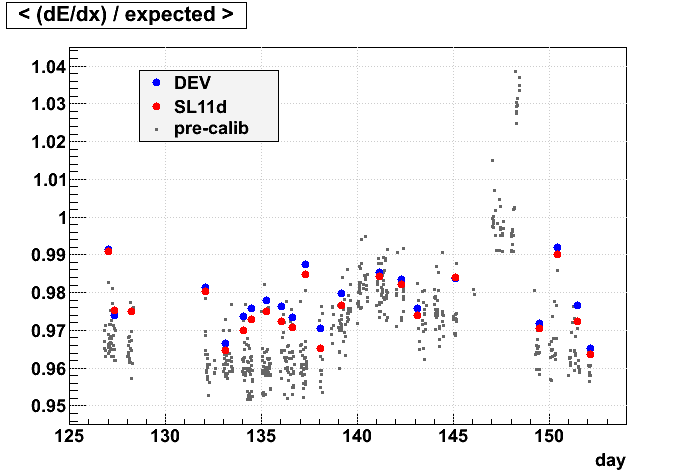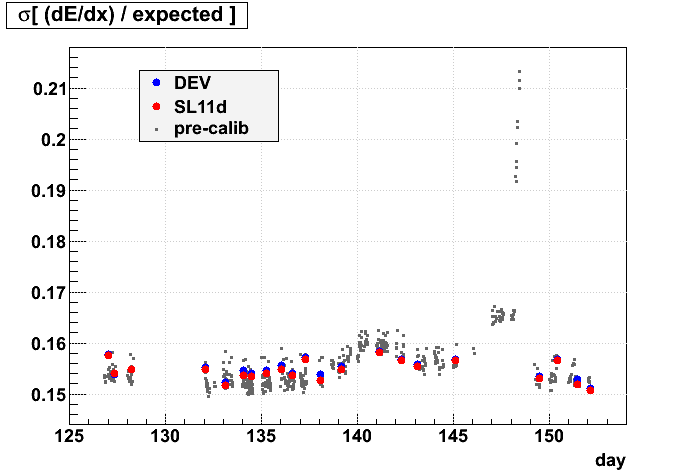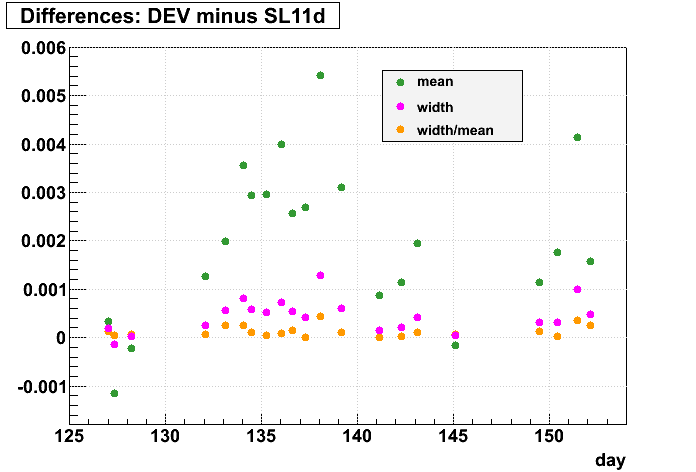- genevb's home page
- Posts
- 2025
- 2024
- 2023
- 2022
- September (1)
- 2021
- 2020
- 2019
- December (1)
- October (4)
- September (2)
- August (6)
- July (1)
- June (2)
- May (4)
- April (2)
- March (3)
- February (3)
- 2018
- 2017
- December (1)
- October (3)
- September (1)
- August (1)
- July (2)
- June (2)
- April (2)
- March (2)
- February (1)
- 2016
- November (2)
- September (1)
- August (2)
- July (1)
- June (2)
- May (2)
- April (1)
- March (5)
- February (2)
- January (1)
- 2015
- December (1)
- October (1)
- September (2)
- June (1)
- May (2)
- April (2)
- March (3)
- February (1)
- January (3)
- 2014
- December (2)
- October (2)
- September (2)
- August (3)
- July (2)
- June (2)
- May (2)
- April (9)
- March (2)
- February (2)
- January (1)
- 2013
- December (5)
- October (3)
- September (3)
- August (1)
- July (1)
- May (4)
- April (4)
- March (7)
- February (1)
- January (2)
- 2012
- December (2)
- November (6)
- October (2)
- September (3)
- August (7)
- July (2)
- June (1)
- May (3)
- April (1)
- March (2)
- February (1)
- 2011
- November (1)
- October (1)
- September (4)
- August (2)
- July (4)
- June (3)
- May (4)
- April (9)
- March (5)
- February (6)
- January (3)
- 2010
- December (3)
- November (6)
- October (3)
- September (1)
- August (5)
- July (1)
- June (4)
- May (1)
- April (2)
- March (2)
- February (4)
- January (2)
- 2009
- November (1)
- October (2)
- September (6)
- August (4)
- July (4)
- June (3)
- May (5)
- April (5)
- March (3)
- February (1)
- 2008
- 2005
- October (1)
- My blog
- Post new blog entry
- All blogs
Present dE/dx calib in DEV vs. SL11d
The present version of the dE/dx calibration for Run 11 200 GeV AuAu RFF data was made assuming a correction for TPC anode currents. The code to make those anode current corrections is in DEV, but not in SL11d, which we will use for the physics production. I processed a few files (21 succesfully) from this dataset in DEV and SL11d using a simple production chain over 1000 events per file:
"DbV20111110 P2011a btof BEmcChkStat Corr4 OSpaceZ2 OGridLeak3D -hitfilt"
I then pulled out the histograms which are in the Offline QA maker, and fit the minbias trigger histogram of dE/dx divided by the expected value...
Filling (cut and paste from QA Maker):
StSPtrVecTrackPidTraits &trkPidTr = theTrack->pidTraits();
StDedxPidTraits *dedxPidTr;
for (unsigned int itrait=0; itrait<trkPidTr.size();itrait++) {
dedxPidTr = 0;
StTrackPidTraits *thisTrait = trkPidTr[itrait];
dedxPidTr = dynamic_cast<StDedxPidTraits*>(thisTrait);
if (dedxPidTr && dedxPidTr->method() == kTruncatedMeanId) {
int ndedx = dedxPidTr->numberOfPoints();
double dedx = dedxPidTr->mean();
double trackLength = dedxPidTr->length();
if (dedxPidTr->detector() == kTpcId) {
// using BetheBloch::Sirrf method for curve normalized to 2.4 keV/cm
Float_t pionExpectedBB = BetheBloch::Sirrf(theTrack->geometry()->momentum().mag()/
pion_minus_mass_c2,trackLength);
pionExpectedBB *= 1.e-6;
hists->m_dedxTTS->Fill(dedx/(pionExpectedBB+1.e-10));
Fitting (me - this is really all I did for this quick study):
TF1 myg("myg","[0]*exp(-0.5*([1]-x)*([1]-x)/([2]*[2]))",0.6,1.35);
myg->SetParameters(1e5,1.0,0.15);
StEMBQaDedxBBTTS->Fit(&myg,"R");
float m = myg->GetParameter(1);
float w = myg->GetParameter(2);
float me = myg->GetParError(1);
float we = myg->GetParError(2);
Here are the results of comparing these fits. It may not be very important that the mean value is not exactly 1.0 (may depend on what tracks go into the histogram, fitting range, etc.), but the comparison between the two sets is what is important as these are event-for-event the same samples. Additionally, I've included some data from the dE/dx calibration production for AuAu200 RFF (labeled "pre-calib" below).
Statistical errors (not drawn) on most data points are around 0.0002-0.0003 (a few hundredths of a percent), and those errors are obviously correlated in the differences due to identical datasets. Note that the plots do not start their vertical scales from zero.




The really bad data from days 146-149 will be excluded from production, but I've included them just to re-emphasize why.
Conclusion from a non-expert:
- Not sure what it really means, but this limited data shows a very small decrease in widths (and even smaller decrease in widths/means, but still generally a decrease) when using SL11d instead of DEV.
- Again, not clear that I should attempt to conclude anything from the change in means, which do generally go in one direction by a few tenths of a percent, because it is not certain that the results of my fit should give 1.0.
- Using SL11d with the present calibrations leads to deviations from using DEV which are smaller than other deviations seen in the data even post-calibration.
I leave it to more expert persons to make more insightful conclusions.
-Gene
- genevb's blog
- Login or register to post comments
